Snow Bush (Breynia Disticha) Profile: Plant Facts, Care & Growing Guide
Written by Maggie
Dec 24 2021
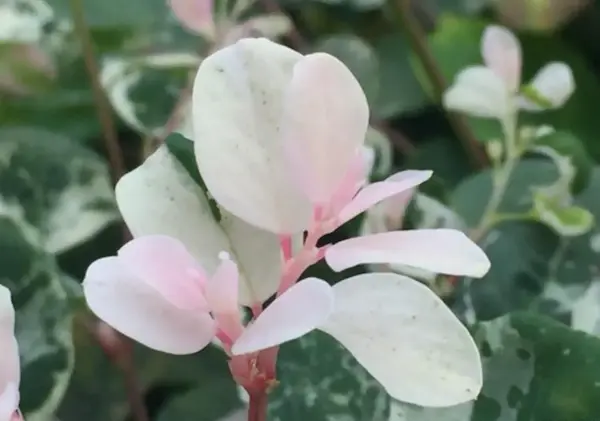
| Botanical/Scientific Names | Breynia Disticha, Breynia Nivosa |
| Common Names | Snow bush |
| Native Area | Pacific Islands |
| Plant Type | tropical plant, small bushy evergreen shrub |
| Bloom Time | from summer to autumn |
| Flower Color | red, orange, yellow and white |
| Lighting Requirements | Full to partial sun |
| Soil Care | Loose, well-drained Soil |
| Propagation | Usually cutting propagation |
| Poisonous | Based on the information available, it does not appear that the snow bush plant is poisonous to cats. |
Snow Bush Plant Picture
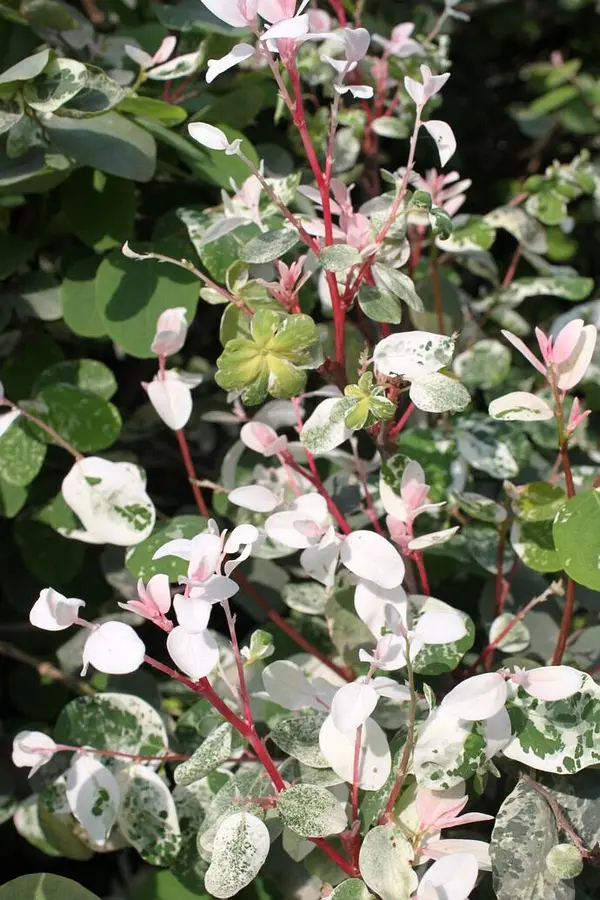
Habits of Snow Bush Plant
Snow bush likes high temperatures and has poor cold tolerance. It grows at 18-24°C. snow bushes need full sunshine or half sunshine. If growing in shaded place for a long time is too long, the plant will appear leegy grwoth. Cultivation appropriate with loose fertile, good drainage of sandy soil.
How to Propagate Snow Bush Plant
Snow Bush is usually propagated by cutting or layering, and spring is the most suitable period.
Snow bush propagation is mainly by cutting. The best cutting time is in spring, choose half woody robust branches, cut for about 10cm, with 2-3 buds, 2 leaves, cutting to the well-drainage matrix, about 20 days can take root, cutting survival rate is high. After half a month of cutting rooting, the seedlings of snow bush can be sprayed with foliar fertilizer with low concentration to promote plant growth.
How to Care for Snow Bush Plant
Unless you live somewhere quite warm, you will need to treat this plant as an annual or install it in a container and move it indoors after summer. The snow bush plant can live in full to partial sun, but the best color is achieved in a bright location.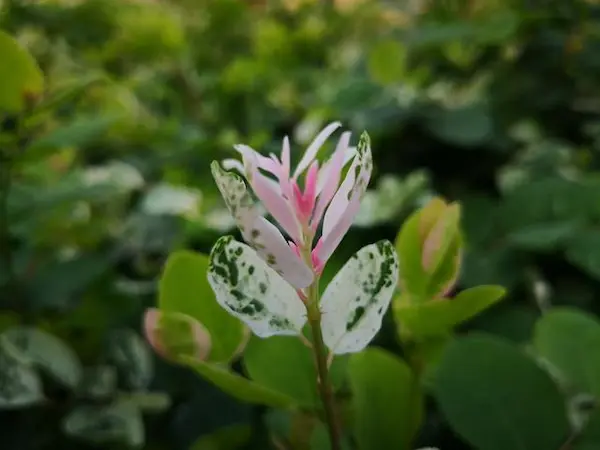
Snow Bush Light Requirements
Snow bush is a kind of plant like the sun, so when maintaining this kind of potted plant, it is best to put a sunny location, giving sufficient light. If not giving enough light, the plant will appear leggy growth and the leaves will be dark. Give snow bush a quarter-turn each week or so to expose all aspects to daylight for even growth, but avoid strong direct light.
Watering Snow Bush
Water snow bush wholly and frequently to keep moist soil. Do not permit the soil to dry out at any time. Remember to usually use tepid water when watering your houseplants.
Snow Bush Humidity Care
Give snow bush the humid air it craves, like its native tropical home. Try to hold a least 50% relative humidity round the plant. Stand the pot on a pebble tray or use a cool-mist room humidifier.
Snow Bush Temperature Care
Snow bush plants like to grow in a warm environment, so when the weather gradually gets cold, it is best to keep the pot indoors for maintenance. The temperature should not be below 16℃, otherwise it will be easy to frostbite. An optimum growth temperature of 65-75°F/18-24°C.
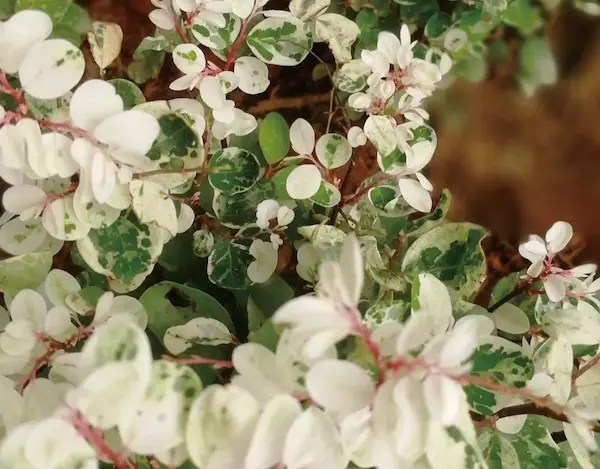
Soil for Snow Bush
Snow bush plants like to grow in deep fertile soil, so it is recommended to use rotten leaf soil and nutrient-rich pond soil mix, which not only can meet the conditions of loose and breathable soil, but also pond soil can be used as a kind of base fertilizer! If there is other base fertilizer in the home, it can also be added, but after good soil, it is best to go on the basin after disinfection!
Fertilizer for Snow Bush
Snow bush plants have high requirements for water and fertilizer management. When growing snow bush, we can keep soil moist to make potted plants grow better under the condition of ensuring that the soil is not stagnant. Feed snow bush every two to three weeks in spring and summer season with a balanced water-soluble fertilizer diluted by half.
Distribution of Snow Bush Plant
Snow Bush (Breynia disticha) is native to Pacific Islands and is widely cultivated in tropical locales. It can be found from southeastern Asia through Malaysia, to Australia, New Caledonia, and New Hebrides
Uses of Snow Bush Plant
Snow Bush can be configured with trees in industrial and mining enterprises, residential areas, courtyards, parks and other places. If make hedgerow, solitary plant, group plant, etc., the effect is excellent. Decorated in the edge of the forest, slope protection, roadside, etc., from afar, like a milky white ribbon, give people a pleasant feeling.
Read More:
35 Most Common House Plants with Pictures & Care Guide
20 Best Indoor Trees With Care Guide & Pictures
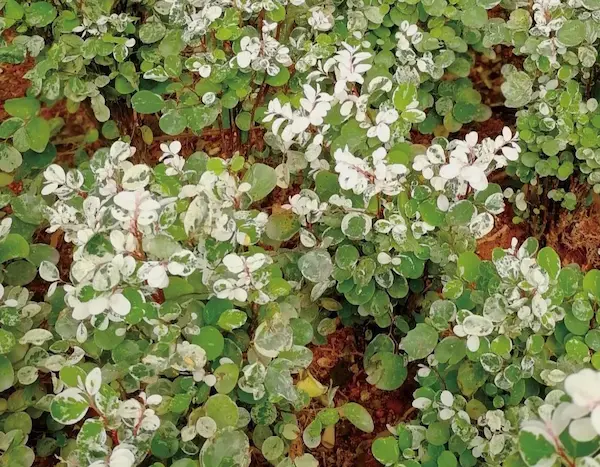
Latest Updated
- Benefits of Bugleweed - 7 Science-backed Health Benefits
- Bugleweed Dangers & Side Effects - Is It Poisonous?
- How to Plant Evergreen Trees - What You Should Know
- When to Plant Evergreens - Grow Guide for Evergreen Trees
- 12 Wonderful Evergreen Shrubs for Your Garden
- 12 Popular Evergreen Plants with Pictures for Beginners
- When And How To Prune A Lilac Bush Like a Pro
- How to Grow & Care for Lilac Vine (Hardenbergia Violacea)
- Japanese Lilac Tree (Syringa Reticulata) Care & Propagation Guide
- Shumard Oak Pros and Cons - What to Know
Popular Articles
- Winter maintenance of Antirrhinum Majus
- How to Grow Terminalia Mantaly Tree
- How to Grow and Care for Crossostephium Chinense
- How to grow Antirrhinum Majus in spring
- Peristeria Elata (Dove Orchid) Profile: Info & Care Guide
- Underwatered Snake Plant (Sansevieria Trifasciata) - Signs And How To Fix
- How to Care for Brazilian Jasmine Plant (Mandevilla Sanderi)
- How to Grow & Care for Graptopetalum Purple Delight in Summer
- Rosa Chinensis (China Rose): Plant Growing & Care Tips
- How to Care for Baby Sun Rose (Aptenia Cordifolia)